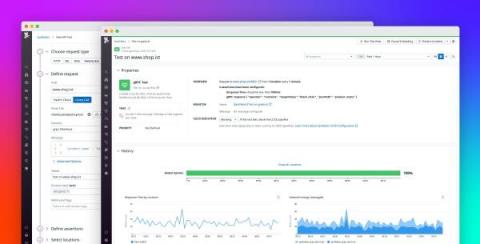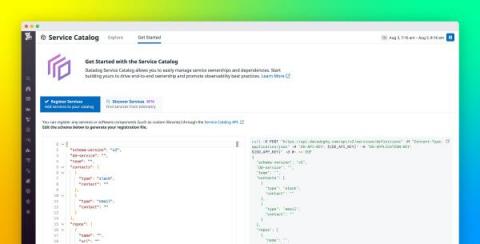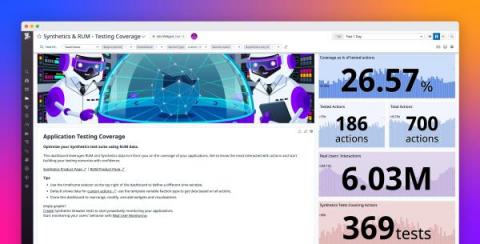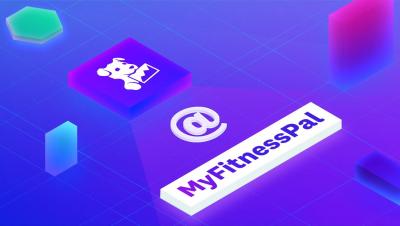Find the root cause faster with Datadog and Zebrium
When troubleshooting an incident, DevOps teams often get bogged down searching for errors and unexpected events in an ever-increasing volume of logs. The painstaking nature of this work can result in teams struggling to resolve issues before new incidents appear, potentially leading to an incident backlog, longer MTTR, and a degraded end-user experience.











